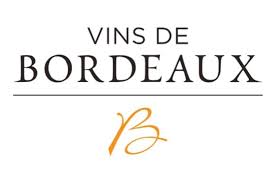
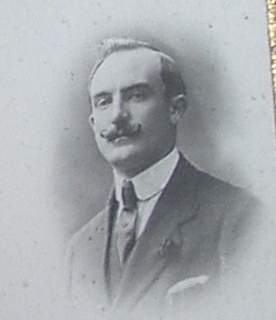
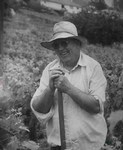

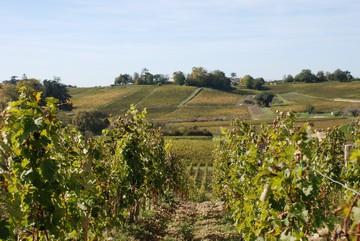

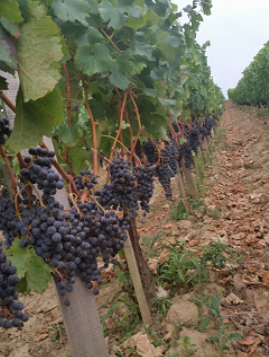
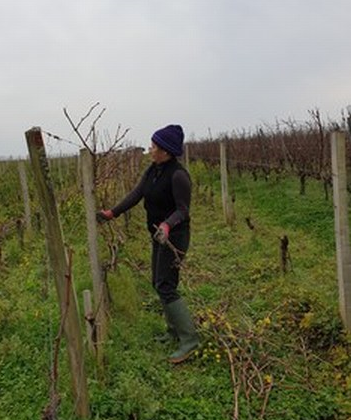




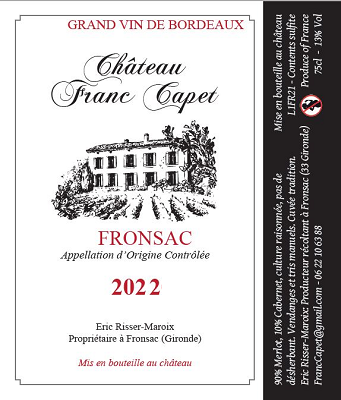


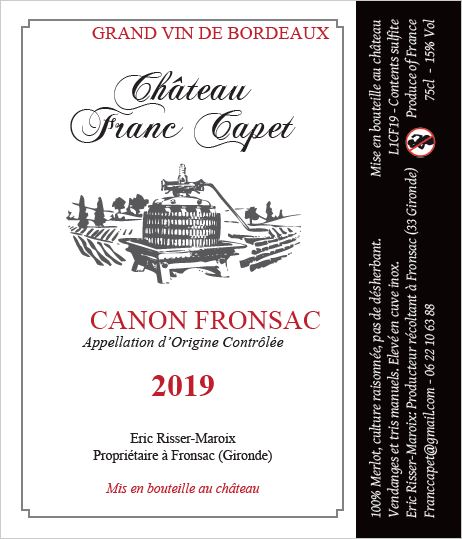
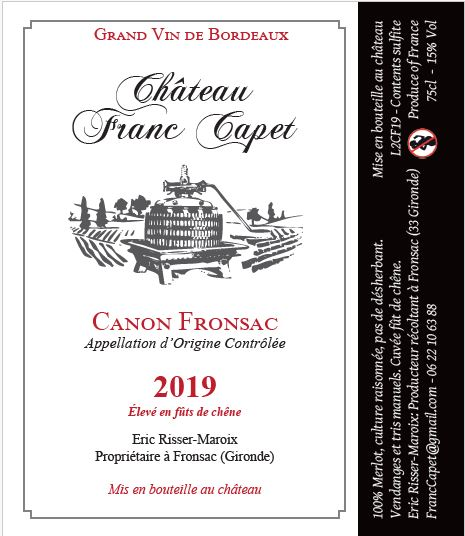


| Lot | Années | Médaille | 1 Bouteille | 3 Bouteilles | 6 bouteilles |
| L3FR21 | 2021 Cuve inox | 9,50€ | 28,00€ | 50,00€ | |
| L1FR22 | 2022 Cuve inox | 9,50€ | 28,00€ | 50,00€ | |
| L2FR23 | 2023 Fût de chêne | 12,00€ | 32,00€ | 56,00€ |
| Lot | Années | Médaille | 1 Bouteille |
| L1FR22 | 2022 cuve inox | 20,50€ | |
| L2FR23 | 2023 Fût de chêne | 27,00€ |
| Lot | Années | Médaille | 1 Bouteille | 3 Bouteilles | 6 bouteilles |
| L2CF20 | 2020 Fût de chêne | 16,00€ | 40,00€ | 70,00€ | |
| L2CF22 | 2022 Fût de chêne | 16,00€ | 40,00€ | 70,00€ |
| Lot | Années | Médaille | 1 Bouteille |
| L2CF19 | 2019 Fût de chêne |  Note : 92/100
Note : 92/100 |
33,50€ |
| L2CF20 | 2020 Fût de chêne | 33,50€ |
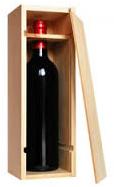
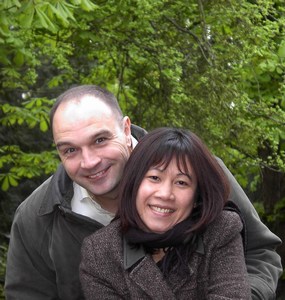
| Property : | 05 57 25 73 19 |
| Sarah : | 06 22 10 63 88 |
| Eric : | 06 03 56 25 27 |
Home | Previous Page |